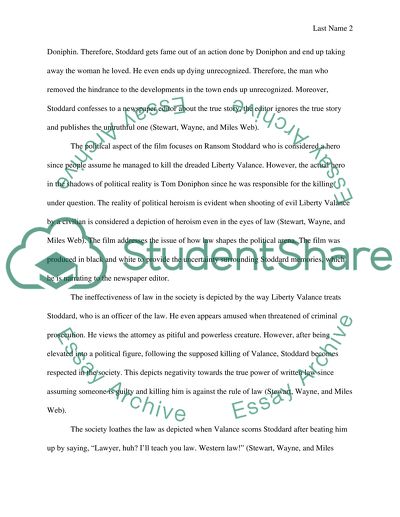Retrieved from https://studentshare.org/visual-arts-film-studies/1615723-political-heroism-as-depicted-in-the-man-who-shot-liberty-valance
https://studentshare.org/visual-arts-film-studies/1615723-political-heroism-as-depicted-in-the-man-who-shot-liberty-valance.


